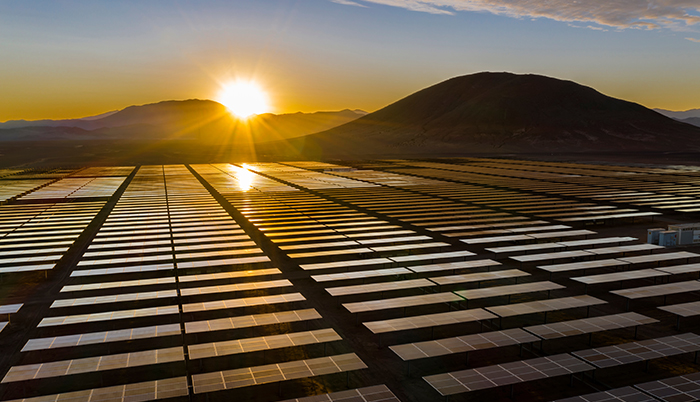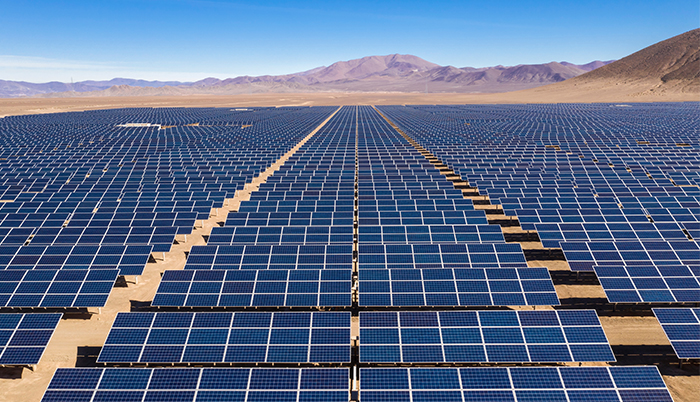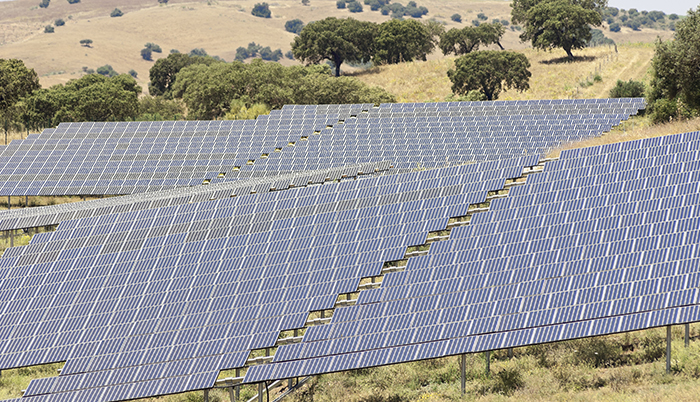The need for clean energy has been realized by many countries across the world in the last few years. In fact, recent times have seen quite a race among the nations that strive to integrate solar energy into their infrastructures to emulate more environment-friendly policies.
In 2016, India’s endeavors in the field of clean energy helped it become the fourth largest solar market, beating Germany, United Kingdom (UK), and France in quite a close competition. Technology has been a driving force behind this overwhelming transition, of which, solar tracking can be considered as a major game-changer.

Earlier, it was not always possible for a payload (solar panels, lenses, Fresnel reflectors, parabolic troughs, etc.) to be facing the sun at all times. The PV (Photovoltaic) panels were fixed on stationary mounts and when the sun used to pass at a less-than-optimal angle, the output would be compromised. Today, with solar tracking control, the results are brighter as well as more cost-effective.
In technical terms, a solar tracking system is meant to move PV modules for ensuring maximum exposure to the sun that eventually leads to optimum irradiation. This basically means that the solar tracking system is an extremely useful device that can orient a payload towards the sun.

The solar tracking system can play a pivotal role in energy generation. Usually, with a fixed structure-PV panel system, trackers work to reduce the angle of incidence between sunlight and the PV panel.
With this revolutionary technology in place, the solar energy sector is slowly but surely emerging as the best renewable energy option available today, which is also cost-effective.

There are numerous advantages that can be availed with solar tracking control systems by Mitsubishi Electric. There are several features that the solar tracking system utilizes, which help it stand out:
There are different types of single-axis trackers available, which include horizontal, vertical, tilted, and polar aligned trackers, which rotate as their names imply. With dual-axis solar trackers, your PV modules can continually face the sun as they can move in two different directions.

Levelized Cost of Energy (LCoE) is the most authentic yardstick for checking the efficiency of a solar power plant. LCoE is the summation of all types of costs involved in the process, like the initial cost of installation, wear and tear costs, etc. The best solar tracking systems are effective in helping curtail energy costs and making solar energy a viable alternative to conventional sources of energy.
To garner the best results from the technology, it is the responsibility of the top decision-makers in an organization to choose the best solar tracking control solution available. Mitsubishi Electric is one of the leading single and dual axis solar tracker manufacturers in India and there are innumerable benefits that one can avail with Mitsubishi Electric Solutions:
Solar Tracking Solutions by Mitsubishi Electric also come with high-end security features. They prevent any unauthorized access to the tracker algorithm & empower customers with user-defined function blocks and libraries that can be utilized for simple replication of code. This is done for two purposes: -
1) To reduce the tracker’s programming and time errors
2) For accurate planning for maintenance checks to mitigate the damage of tracker components
Whether you consider the single axis tracker or the dual axis solar tracker, solar tracking systems have already revolutionized the energy sector. With the unbeatable advantages offered with Solar Tracking Solutions, Mitsubishi Electric has managed to mark its position as an industry leader in the energy sector.